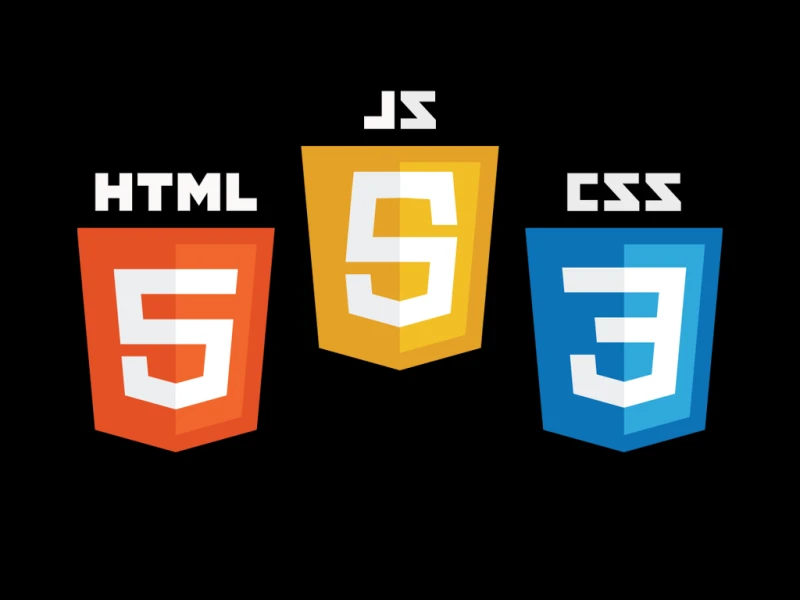
Unleash the Power of Laravel Middleware: Control Your App Like a Pro
Laravel Middleware: Interceptors for HTTP Requests and Responses
In Laravel, middleware acts as a powerful layer of control before HTTP requests reach your application's controllers. It provides a flexible mechanism for intercepting, inspecting, and potentially modifying incoming requests and outgoing responses. With middleware, you can achieve various functionalities, including:
- Authentication: Restrict access to specific routes based on user login status.
- Authorization: Enforce user permissions to control what actions they can perform.
- Logging: Record request details for auditing and troubleshooting purposes.
- Rate Limiting: Prevent abuse by throttling the number of requests allowed per user or IP address.
- CSRF Protection: Mitigate Cross-Site Request Forgery (CSRF) attacks.
- Input Validation: Ensure requests adhere to expected data formats and rules.
- Global Data Injection: Make common data like user information or site settings available throughout the application.
Creating Custom Middleware
-
Generate a Middleware Class: Utilize Laravel's Artisan command to generate a new middleware class:
Bash
php artisan make:middleware CheckAgeMiddlewareThis creates a
CheckAgeMiddleware.phpfile within theapp/Http/Middlewaredirectory. -
Implement the
handleMethod: The core logic of your middleware resides in thehandlemethod. It receives an instance of the$requestobject, a closure ($next), and optionally additional arguments:PHP
<?php namespace App\Http\Middleware; use Closure; class CheckAgeMiddleware { public function handle($request, Closure $next, $age = 18) { // Logic to check user's age or retrieve it from the request if ($userAge < $age) { return redirect('/restricted'); // Or throw an exception } return $next($request); // Pass the request to the next middleware or controller } }- The
$requestobject provides access to request details like headers, parameters, cookies, etc. - The
$nextclosure represents the next middleware in the chain or the final controller method to be executed. - You can optionally define additional arguments to customize your middleware's behavior.
- The
Registering Middleware
There are two primary ways to register middleware in Laravel:
-
Global Middleware: Register middleware classes in the
$middlewareproperty within theApp\Http\Kernel.phpfile. This middleware will be applied to all incoming HTTP requests:PHP
protected $middleware = [ // ... other middleware App\Http\Middleware\CheckAgeMiddleware::class, ]; -
Route-Specific Middleware: Define middleware for specific routes or groups of routes using the
middlewaremethod when defining routes in yourroutes/web.phporroutes/api.phpfile:PHP
Route::get('/admin', function () { // Admin routes })->middleware('auth', 'admin'); // Apply both 'auth' and 'admin' middleware Route::group(['middleware' => 'age:21'], function () { // Routes requiring users to be 21 or older });- The
middlewaremethod accepts a string containing the middleware class names separated by commas. - You can also pass arguments to middleware within parentheses, like
age:21in the example above.
- The
Common Middleware Examples
-
Authentication Middleware (
auth): This built-in middleware checks if a user is authenticated before proceeding. If not, it typically redirects to a login page. You can customize the behavior by overriding Laravel's default implementation. -
Authorization Middleware (
can): This middleware verifies if the current user has the necessary permissions for a specific action. It requires theGateservice to define authorization logic.
Additional Considerations
- Middleware Stack: When multiple middleware are registered, they form a chain. Each middleware can modify the request or response before passing it to the next middleware or the controller.
- Terminating Middleware: Use the
$next->terminate($request, $response)method within your middleware to stop the request processing and potentially return a custom response.
By effectively leveraging middleware in your Laravel application, you can streamline authentication, authorization, input validation, and other common tasks, enhancing your application's security, maintainability, and user experience.


